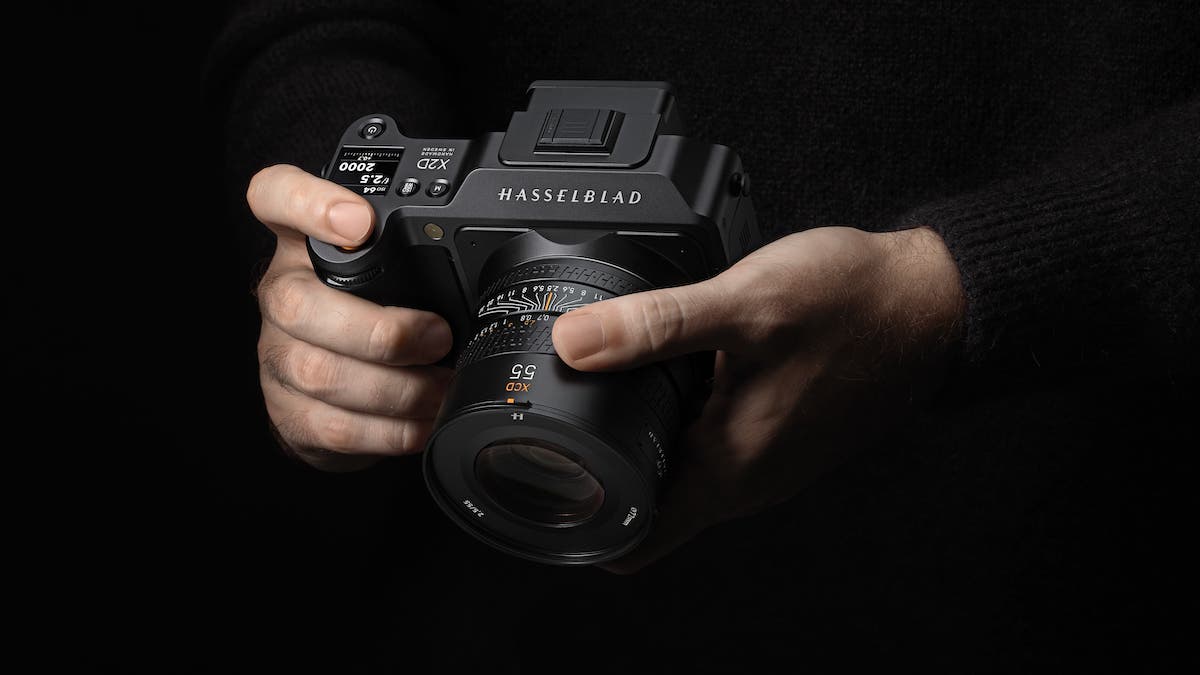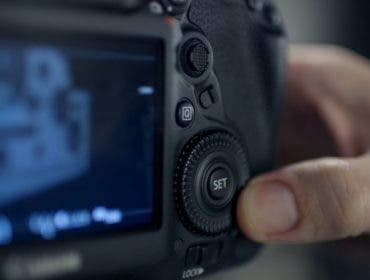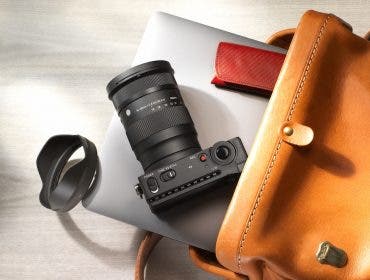Today, Hasselblad has announced the all-new X2D 100C Medium Format Camera and three new XCD lenses. The camera is the third in the line of “X” cameras. It takes everything we love about the X1D and X1DII to the next level.
In 2016, when Hasselblad released the original X1D 50C, I knew I had found the camera for me. It was no larger than my “flagship” DSLR but with a medium format sensor. The X1DII 50C followed in 2019 and did not disappoint, improving on the original in speed and ease of use. Now, in 2022, we are looking at the Hasselblad X2D 100C.
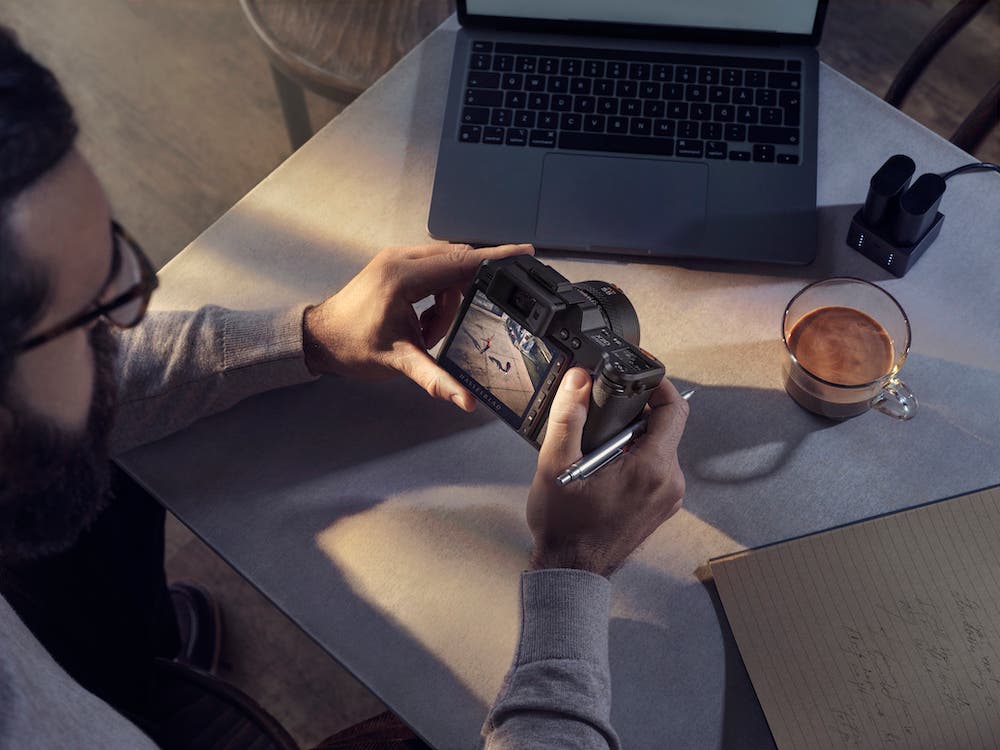
Key Features of the Hasselblad X2D 100C
This camera is both familiar and new in so many ways. It keeps the sleek design we have come to expect from Hasselblad. Although, the X2D is built around a 100 megapixel back-side illuminated CMOS and medium format (43.8×32.9mm) sensor. It delivers amazing 16-bit RAW images with up to 15 stops of dynamic range.
Beautiful Image Quality
Even with these larger files, the X2D manages to capture 3.3fps (vs 2.7 for the X1DII) and 14-bit color depth. This is a 100MP medium format camera you can throw over your shoulder and carry around all day. Huge 16-bit files like these give you massive amounts of detail. This will be especially helpful for landscape, street, and fashion photography.
I’m a studio photographer by trade. While the beautiful touchscreen is great for most location shooting, I love to check my work on a “big screen—” like a tablet or computer monitor. Hasselblad has me covered with Phocus software in the studio and Phocus Mobile 2 on the move. Working with my iPad, I can tether and shoot with the confidence of a studio setting wherever I may be.
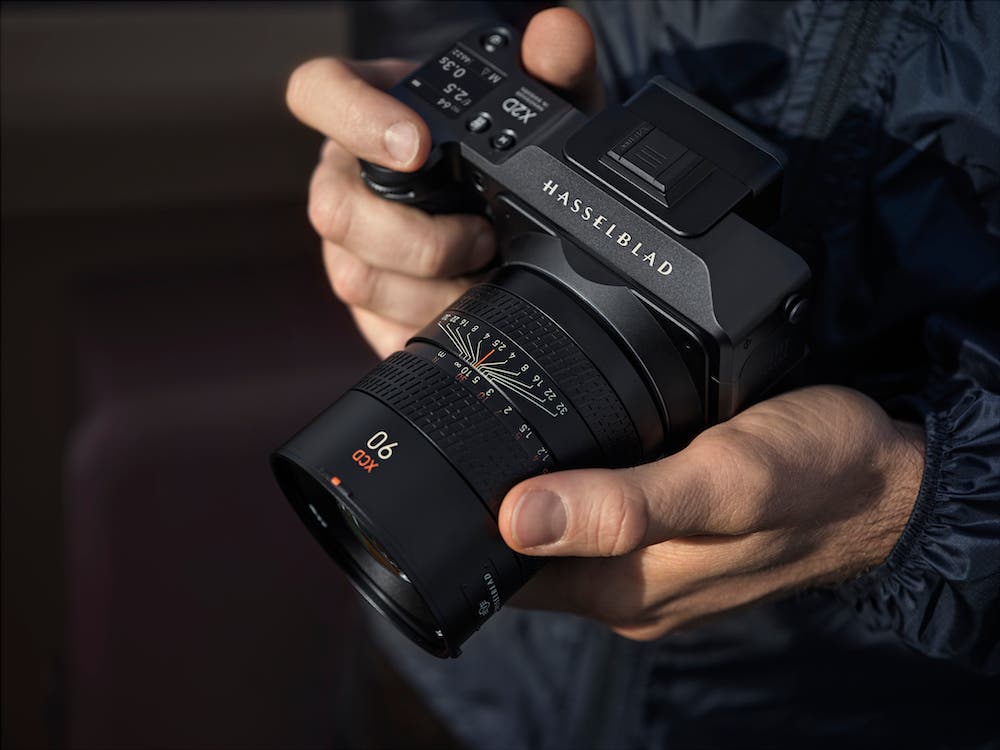
Storage Options
The X2D also features an internal 1TB SSD Drive and a CFexpress Type B Slot, along with the USB 3.1 Gen2 Type-C connector (transfer speed up to 10 Gbit/s). Store images from an all-day fashion shoot on CFexpress cards that can quickly be backed up. Or you can store the images internally so you know exactly where they are when traveling in a new city to capture street photography. It is up to you how and where your images are stored.
Small Yet Versatile Design
The USB-C port can also charge the Li-on battery, allowing for a minimalist travel kit. Whether on the move or in studio, the X2D’s 5-axis 7-stop in-body image stabilization (IBIS) helps achieve sharp images while shooting handheld. One of the things that originally drew me to the Hasselblad XD series cameras was that the medium format camera can be carried and used anywhere I might bring a smaller format camera. Its Nikon TTL flash compatibility, Phase and contrast detect autofocus, and flash sync at all shutter speeds with mechanical shutter make the X2D a professional workhorse as well.
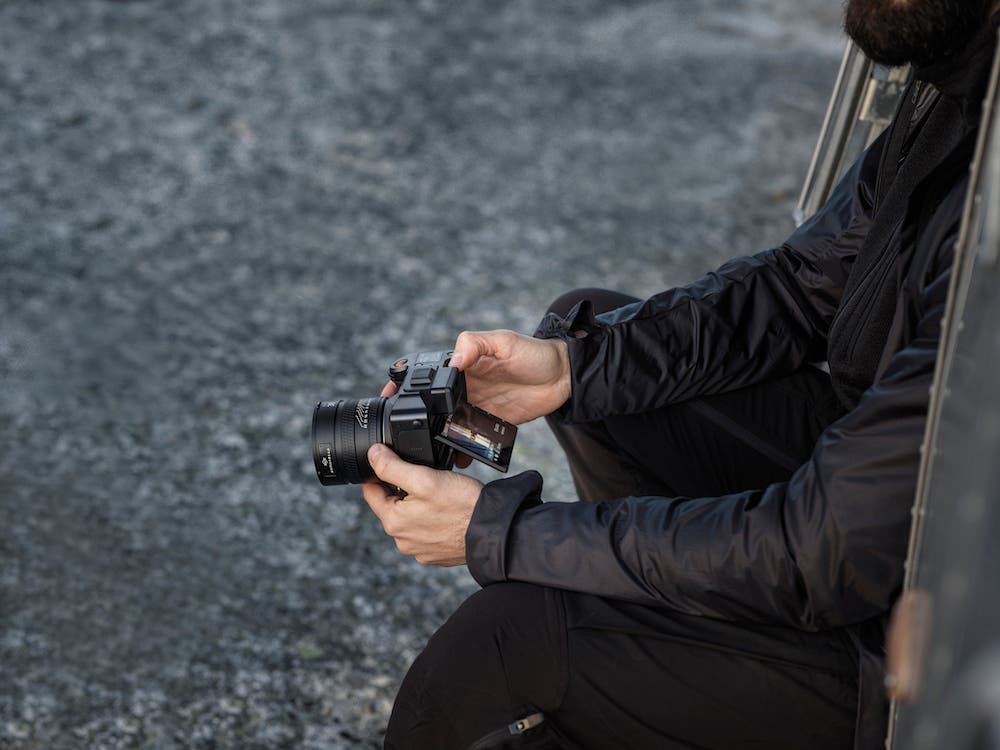
Clear Viewfinder and Display
The OLED viewfinder features 100% viewing area, 5.76-million-dot (up from 3.86-million), and improved magnification. The 1.08-in TFT type, 18-bit full-color, 158,400-dot top display allows for a quick and clear view of camera settings. The 3.6-inch TFT type, 24-bit full-color, 2.36-million-dot touch display can now be tilted (angle: 40°, 70°) for ground shots.
As photographers, we want cameras that offer high quality images, but also a balance of simplicity and versatility. The Hasselblad X2D 100C is just that. It has all the potential we could want in a camera designed to do its job and stay out of the way.
New Hasselblad Lenses
Along with the X2D 100C, Hasselblad has also announced three new lenses: the XCD 2,5/90V, XCD 2,5/55V, and the XCD 2,5/38V. All of these lenses have both a focus ring and a lens control ring. The control ring can be customized to access the function you desire, while the focus ring allows for quick changing between auto and manual focus. A newly designed focus module makes all three of these lenses great for catching the moment, and each lens is designed to support image resolution over 100 megapixels.
Hasselblad XCD 2,5/90V Lens
As a moderate telephoto (equivalent 71mm) focal length and large f/2.5 aperture, the XCD 2,5/90V is a great portrait lens. This would be my choice for most portraits and fashion assignments shot in a studio or on location. The 90mm gives you enough reach for a nice portrait. Although, it is not so long to make it unusable in smaller spaces. This lens is made up of nine elements (one aspheric) in six groups. The upgraded leaf shutter allows flash synchronization up to its maximum speed of 1/4000s.
Hasselblad XCD 2,5/55V Lens
For an “every day” lens, the XCD 2,5/55V can’t be beat. With nine elements (three aspheric) in eight groups and a “normal” focal length, I know many photographers who would never need another lens. A flash sync (and max shutter speed) of 1/2000s and a wide aperture of f/2.5 will help you create amazing images in any lighting condition.
Hasselblad XCD 2,5/38V Lens
For journalists, street photographers, and those who love to capture the environment, the XCD 2,5/38V is a great choice. A wide angle view and fast f/2.5 aperture make a great combination for shooting wherever the story may lead you. Ten elements (three aspheric) in nine groups make up this beautiful lens capable of shutter speeds up to 1/2000s with flash sync through the full range.
The X2D 100C and the three new lenses seem a perfect kit for serious portrait, street, and commercial photographers as well as those who want amazing quality they can carry with them anywhere.

